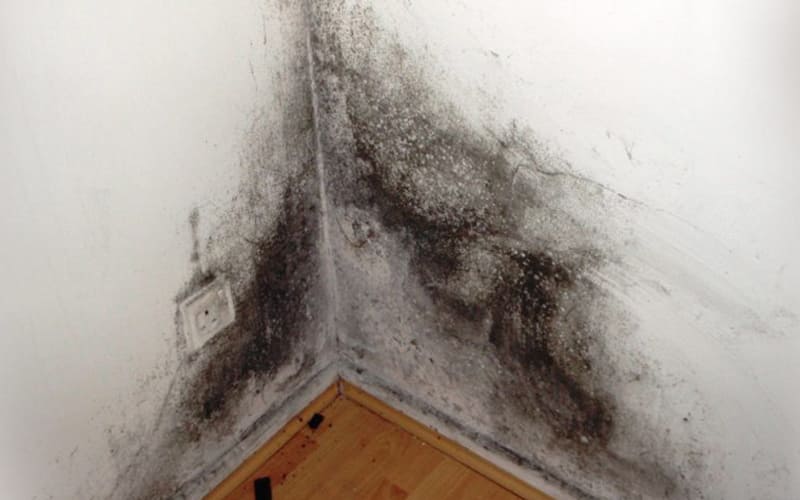Introduction:
Damp and moisture issues pose significant challenges to property owners across the United Kingdom. The unpredictable British weather, combined with the age and construction of buildings, often leads to the manifestation of damp problems. In this article, we delve into the insights derived from building surveys, exploring the causes, detection, and mitigation of damp and moisture issues in the UK.
Causes of Dampness:
The prevalence of dampness in UK buildings can be attributed to various factors, with weather being a primary contributor. The damp climate, frequent rain, and high humidity levels create an environment conducive to the development of damp problems. Older buildings, constructed without modern damp-proofing techniques, are particularly susceptible. Additionally, poor ventilation, inadequate insulation, and plumbing leaks can exacerbate dampness issues.
Detection Methods in Building Surveys:
Building surveys play a crucial role in identifying and assessing damp and moisture problems. Surveyors employ a range of methods to detect and diagnose these issues. Moisture meters are commonly used to measure the moisture content in building materials. Infrared thermography is another effective technique that helps identify temperature differentials associated with damp areas. Visual inspections, including checks for water stains, mold growth, and peeling paint, are fundamental in surveying for damp.
Rising Damp:
Rising damp is a common issue in older buildings, particularly those without a damp-proof course (DPC) or where the existing DPC has become ineffective. Capillary action causes moisture to rise through porous building materials, leading to damp patches on walls. Building surveys focus on identifying the source of rising damp and recommending appropriate remedial measures, which may include the installation of a new DPC or the use of moisture-resistant materials.
Penetrating Damp:
Penetrating damp occurs when water infiltrates the building through defects in the external structure, such as damaged roofs, leaking gutters, or poorly sealed windows. Building surveys meticulously inspect the exterior and interior of the property to identify potential entry points for water. Once detected, recommendations for repairs and improvements are made to prevent further water ingress and damp-related issues.
Condensation Issues:
Condensation is a prevalent damp problem in many UK homes, often resulting from inadequate ventilation and insulation. Building surveys assess the ventilation systems, insulation levels, and overall airflow within a property. Recommendations may include the installation of extractor fans, improved insulation, and lifestyle changes to reduce moisture production, such as drying clothes outdoors.
Understanding Mold Growth:
Mold growth is a visible consequence of dampness and high humidity levels. Building surveys focus on identifying the underlying causes of mold, such as leaks, poor ventilation, or inadequate insulation. Mold not only poses health risks but can also compromise the structural integrity of a building. Remediation strategies may involve addressing the root cause of dampness, improving ventilation, and treating affected areas with appropriate fungicides.
The Impact on Building Structures:
Damp and moisture issues can have detrimental effects on the structural integrity of buildings. Persistent dampness weakens the structural components, leading to decay, rot, and damage to plasterwork. In extreme cases, untreated damp problems can compromise the stability of load-bearing elements, necessitating costly repairs. Building surveys provide valuable insights into the extent of structural damage caused by dampness, guiding property owners on the necessary remedial actions.
Mitigation and Prevention:
Building surveys not only diagnose existing damp issues but also provide recommendations for mitigation and prevention. Remedial measures may include the installation of damp-proof membranes, improved ventilation systems, and repairs to address structural defects. Preventive strategies involve regular maintenance, ensuring effective drainage systems, and implementing moisture control measures.
Regulatory Compliance:
In the UK, compliance with building regulations is essential in addressing damp and moisture issues. Building surveys assess whether a property meets the required standards for damp-proofing, insulation, and ventilation. Non-compliance may lead to legal complications and difficulties in selling or renting a property. Therefore, property owners are encouraged to address damp issues promptly to adhere to regulatory requirements and maintain the value of their assets.
Estate Agents in Swindon:
For property owners seeking professional assistance in addressing damp and moisture issues, collaborating with estate agents in Swindon is a wise choice. Local estate agents possess a deep understanding of the regional property market and can connect property owners with reputable surveyors and contractors specialising in damp remediation. By leveraging the expertise of estate agents in Swindon, property owners can navigate the complexities of damp issues more effectively, ensuring the optimal condition of their properties.
